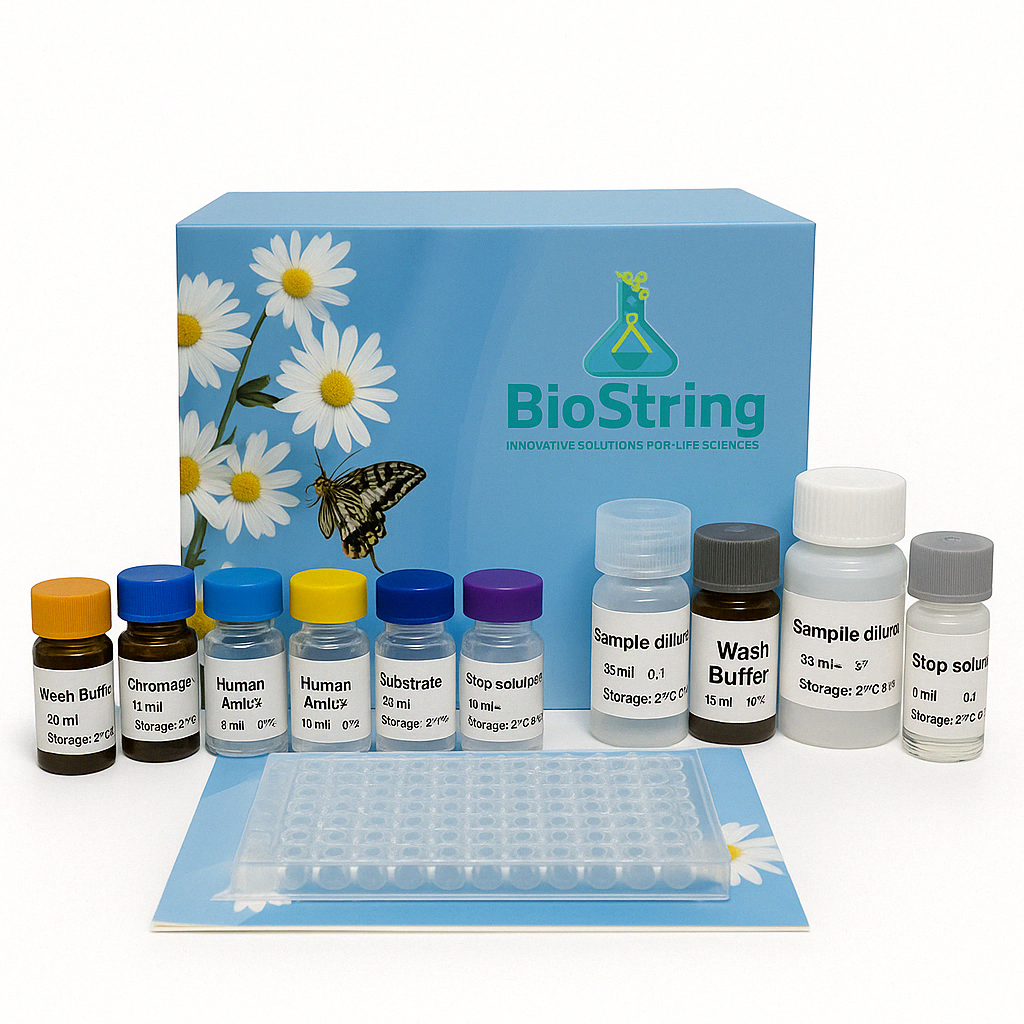Product Properties
Kit Components
- BCA Reagent A
- BCA Reagent B
- BSA Standard
- BSA Standard Buffer
Features & Benefits
- Time saving: much easier and four times faster than the classical Lowry method.
- Sensitive—detect down to 20 µg/mL and the minimum amount of detection protein reaches 0.4 μg.
- Compatible—unaffected by most ionic and nonionic detergents. Can be compatible with up to 5% SDS, 5% Triton X-100, 5% Tween-20, 60, 80 in the sample.
- Good linearity—linear working range from 20 to 2000 µg/mL.
- Excellent uniformity— exhibits less protein-to-protein variation than dye-binding methods.
Usage Notes
- Use a microplate reader to measure the absorbance at 562 nm, or the absorbance at other wavelengths between 540-595 nm.
- The protein concentration determined by BCA method is not affected by chemical substances in most samples, and can be compatible with up to 5% SDS, 5% Triton X-100, 5% Tween20, 60, 80 in the sample. However, the BCA method is affected by chelating agents and slightly higher concentrations of reducing agents. It is necessary to ensure that EDTA is less than 10 mM, no EGTA, dithiothreitol (DTT) is less than 1 mM, and β-mercaptoethanol (β-Mercaptoethanol) is less than 0.01%.
- It is recommended to make a standard curve for each measurement. Because the color of the BCA method will continue to deepen with the extension of time, and the color reaction will be accelerated due to the increase of temperature.
- . If the sample diluent or lysate itself has a high background, please try the Protein Quantification Kit (Bradford Assay)
Applications Notes
The BCA method is suitable for the detection of protein concentrations in the range of 20-2,000 µg/mL, the minimum detected protein amount is 0.4 µg, and the sample volume to be tested is 1-20 µL.
Precautions: The product listed herein is for research use only and is not intended for use in human or clinical diagnosis.



Reviews
There are no reviews yet.